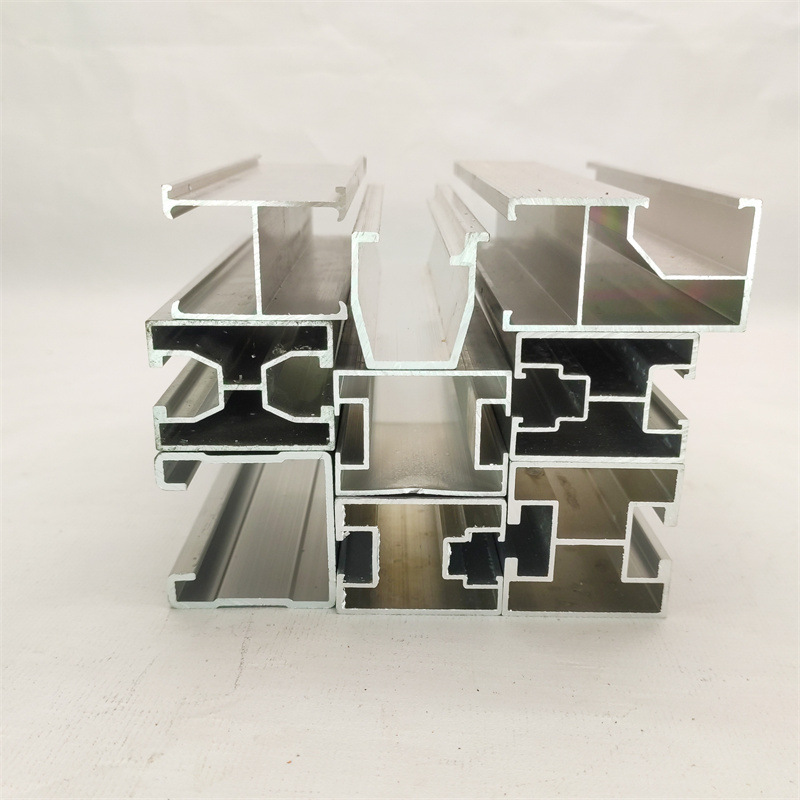

Exploring the Versatility and Applications of M36 Washers in Various Industries
Dec . 10, 2024 07:25 Back to list
Exploring the Versatility and Applications of M36 Washers in Various Industries
Understanding the Washer M36 A Key Component in Various Applications
In the realm of engineering and manufacturing, the significance of fasteners cannot be overstated. Among these fasteners, the washer plays a crucial role, facilitating efficient assembly and enhancing the durability of mechanisms. The Washer M36 is a particularly noteworthy component, widely used in various applications ranging from automotive to heavy machinery.
What is a Washer?
A washer is a flat disc with a hole in the center, typically made of metal, plastic, or rubber. It is used to distribute the load of a threaded fastener, such as a screw or bolt. Washers serve multiple purposes they prevent damage to the surface being fastened, reduce friction, minimize corrosion, and allow for adjustments in tightness. The M36 washer refers specifically to a washer that fits a metric M36 bolt, which has a nominal diameter of 36 mm.
Specifications of the M36 Washer
The M36 washer is characterized by its dimensions, which correlate directly with the M36 bolt size. The standard specifications for an M36 washer include a nominal outer diameter (OD), inner diameter (ID), and thickness. For instance, a typical flat washer designed for an M36 bolt may have an outer diameter of approximately 60 mm, an inner diameter of 36 mm, and vary in thickness depending on the application.
The material used for washers can also significantly affect their performance. Common materials include stainless steel, carbon steel, and various alloys. Stainless steel, known for its corrosion resistance, is often preferred in outdoor applications or environments exposed to moisture. On the other hand, carbon steel washers may be treated with finishes such as galvanization to enhance their durability.
Applications of the M36 Washer
The versatility of the M36 washer allows it to be utilized across a multitude of industries. In automotive engineering, M36 washers are critical components in securing parts like engine mounts and suspension systems. Their role in distributing weight and minimizing wear is essential for maintaining vehicle integrity and safety.
In construction and heavy machinery, the M36 washer is instrumental in ensuring stability and reliability in large structures. Used in conjunction with other fasteners, these washers help in maintaining the structural integrity of buildings, bridges, and machinery.
washer m36

Importance of Using the Correct Washer
Using the correct washer size is vital for achieving optimal performance. An undersized washer might fail to distribute the load adequately, leading to premature failure of the fastener and potential mechanical failure. Conversely, an oversized washer might not fit correctly, leading to improper sealing or misalignment of components.
Moreover, the choice of material is equally critical. Inappropriately selected materials can lead to galvanic corrosion when different metals come into contact. This phenomenon can significantly shorten the lifespan of mechanical assemblies, making the careful selection of the washer material paramount.
Installation Considerations
When installing M36 washers, proper technique is essential. Washers should be placed on the load-bearing side of the fastener to ensure efficient load distribution. It's also important to ensure that the surface where the washer is applied is clean and free from debris, as contaminants can interfere with the intended function of the washer, leading to insufficient resistance against loosening and vibration.
Future Trends
As technology continues to advance, the manufacturing of washers—including the M36 washer—is evolving. With the rise of 3D printing, custom washers can be produced to meet specific needs for unique applications. Moreover, innovations in materials science are paving the way for new, more resilient materials that can withstand extreme conditions, further enhancing the effectiveness of washers in their respective applications.
Conclusion
The M36 washer may seem like a simple component, but its importance in various applications cannot be overlooked. By understanding its specifications, applications, and the critical nature of proper installation, engineers and manufacturers can ensure that their projects are built to last. As the industry moves forward, continued innovations in washer design and materials will likely play a pivotal role in enhancing the safety and reliability of mechanical assemblies.
Latest news
-
High-Strength Hot-Dip Galvanized Bolts-Hebei Longze|Corrosion Resistance&High Strength
NewsJul.30,2025
-
Hot Dip Galvanized Bolts-Hebei Longze|Corrosion Resistance&High Strength
NewsJul.30,2025
-
Hot Dip Galvanized Bolts - Hebei Longze | Corrosion Resistance, High Strength
NewsJul.30,2025
-
High-Strength Hot Dip Galvanized Bolts-Hebei Longze|Corrosion Resistance, Grade 8.8
NewsJul.30,2025
-
Hot Dip Galvanized Bolts-Hebei Longze|Corrosion Resistance,High Strength
NewsJul.29,2025
-
High-Strength Hot Dip Galvanized Bolts - Hebei Longze Metal Products Manufacturing Co., Ltd.|corrosion resistance&high strength
NewsJul.29,2025

